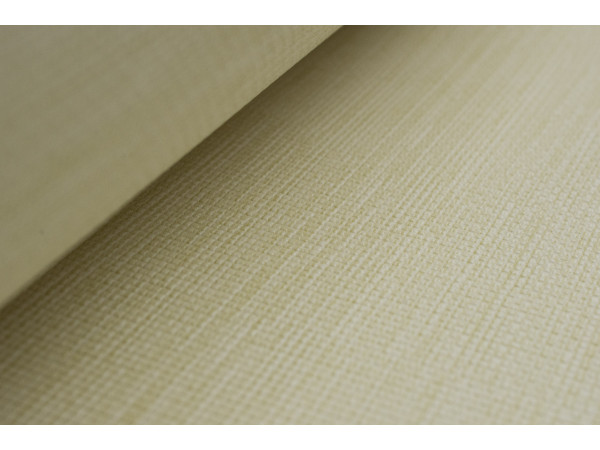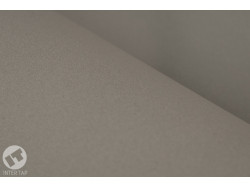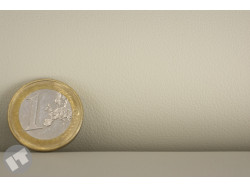No products
Certified artificial leather DJ3/1
New product
Color: beige
Lamination thickness: 0,0
Volume discounts
| Quantity | Price | You Save |
|---|---|---|
| 5 | 15,22 zł | Up to 608,54 zł |
| 27 | 21,27 zł | Up to 3 122,74 zł |
| 135 | 43,65 zł | Up to 12 591,57 zł |
| 500 | 47,38 zł | Up to 44 772,00 zł |
More info
First-grade, certified artificial leather.
Artificial car leathers are produced in two varieties.
The first type is artificial leather laminated with PUR foam, i.e. with a sponge placed on the underside of the fabric, and is designed for front and back seats. They are sometimes additionally reinforced with technical fabric in the form of a mesh for better stability. A rarer solution is to use a felt backing.
The foam makes the fabric thicker and softer, and this significantly increases the comfort of use of the upholstered items.
This type of fabric is ideal for:
- side and central sections of seats,
- repair and replacement of soft upholstery parts,
- covering hard parts to make them more comfortable to use.
Artificial leather for dashboards (cockpits) does not have a foam backing, only a technical fabric directly on its underside.
Artificial leather for manufacture and repair of automotive upholstery, in particular:
- dashboards (cockpits),
- hard upholstery components,
- centre consoles,
- gearshift boots ,
- handbrake boots,
- dashboard areas,
- headliners,
- seats, backrests and rear parts of car seats
- door side panels,
- universal and custom-fit car seat covers,
- partitions inside vehicles,
- hard upholstery elements
- armrests,
- upholstered side walls of passenger minibuses,
- public vehicle interiors,
- cabs of specialized vehicles and equipment (excavators, bulldozers, tractors),
- rail vehicles.
It can also be used for production and repairs for the contract market, including:
- manufacture of hotel furniture,
- manufacture of furniture for public spaces, cinemas, sports halls,
- manufacture of bar and restaurant furniture,
- covering walls and other hard elements,
- covering upholstered elements,
- furniture and upholstered elements of interior decks of yachts and inland boats.
Cleaning:
- Try to clean stains and dirt as soon as you notice them - older dirt is harder to remove.
- When cleaning, avoid over-wetting the fabric. Remember not to get the foam layer wet.
- Do not rub the surface with rough objects or use strong detergents or bleach, as they may discolour the fabric.
Notes on transport:
Fabrics are wound onto cardboard tubes and complete rolls are packaged in thick, transparent film.
Upon receipt, check the packaging for damage and inspect the fabric.
If you ordered several different patterns, they shall most likely be wound together.
Also look inside the cardboard tube - adhesive cans, catalogues, etc. are put in there.
Notes on storage :
To prevent deformation, store fabrics on cardboard rolls, preferably hung on hangers.
Make savings!
When you buy more items, you receive them in one piece. If you order several different fabrics, we will, where possible, wind them onto one roll to reduce the cost of transport.
Remember!
The colour in the photo may differ slightly from the actual fabric colour. This is affected by the settings of your monitor and graphics card in your PC.
You will easily notice colour differences by comparing the same image on different monitors/TVs.





































